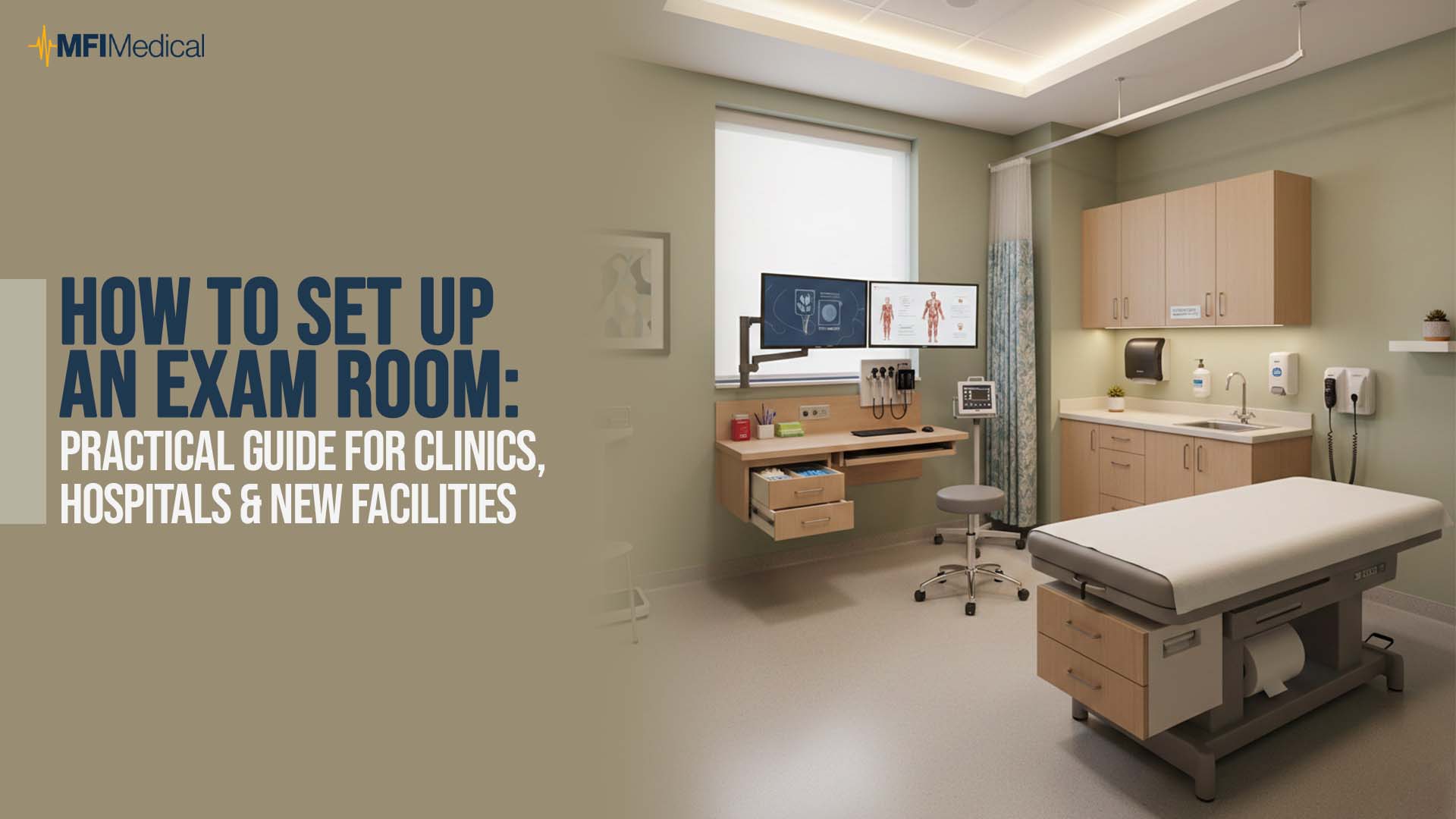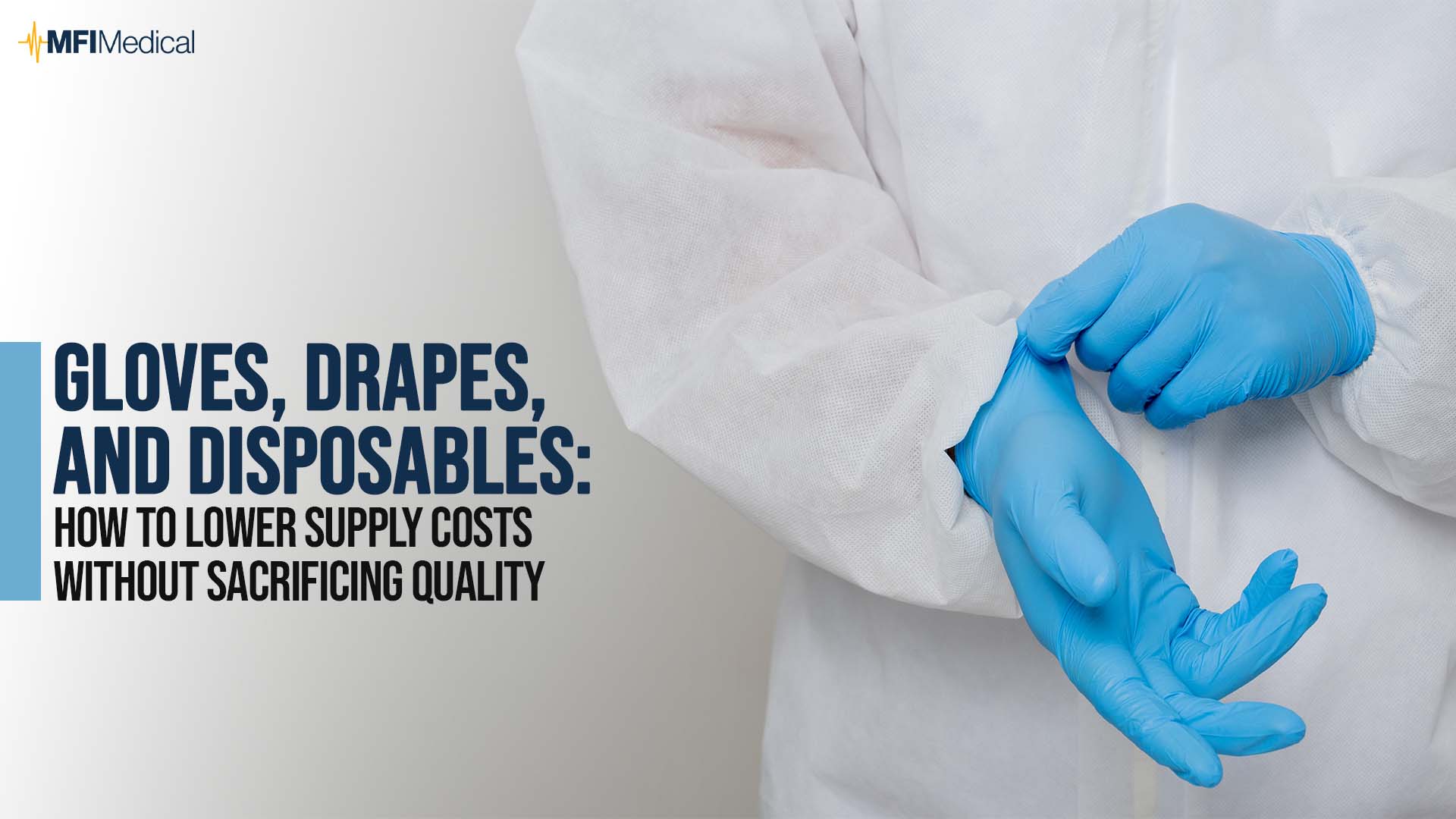A cardiac emergency can happen anytime, anywhere. When a cardiac incident strikes a co-worker, a customer, or a friend, the individual has the best chance of survival if someone administers a portable automated external defibrillator (AED) within three to five minutes after the collapse. By continuing defibrillation until emergency response arrives, you have drastically increased that person’s rate of survival. What’s more, many of these portable AEDs don’t require much formal training and even have the instructions for use directly on the device. If all public areas had access to an AED, more lives could be saved every year from cardiac emergencies.
A Closer Look at the Numbers
According to the Occupational Safety & Health Administration (OSHA), there are 220,000 sudden cardiac arrest victims per year, and 10,000 of those occur in the workplace. If bystanders waited for emergency personnel to arrive, the victim would have had a 5 - 7% survival rate. But with the administration of a directed portable AED, the rate of survival increases up to 60%.
The same study recommends that AEDs be placed within 3 - 5 minutes reach of anyone in the building, such as kitchens, cafeterias, and gathering areas. When you think of AEDs, your first thoughts may be of a heavy, clunky device. Thanks to advances in AED technology, those are a relic of the past. Today, portable AEDs are incredibly user-friendly and guide untrained responders in administering defibrillation, therefore increasing the victim’s rate of survival.
Advantages of Portable AEDs
The key word is “portable,” meaning that these types of AEDs can be stored almost anywhere and within reach in public areas, offices, schools, and shops. In addition, they are typically lightweight with a handle and bright colored buttons for quick identification.
Mounting Accessories
Users can also take advantage of various accessories, including wall mounts, cabinets, and alarms. Wall mounts and cabinets keep the AED elevated at eye level so it can be spotted and removed quickly in an emergency. Some cabinets are available with alarms which alert those around you that an emergency is taking place.
Ready to Use
Since these are emergency devices, it’s imperative that AEDs be charged and supplied at all times for whenever they are needed. Most portable AEDs are equipped with condition trackers or have supply tracking available through the manufacturer. Battery levels are indicated by a clearly labeled gauge, and it’s recommended they be checked routinely to see if they need charging (some cabinets and wall mounts may be equipped with charging options).
Easy Maintenance Tracking
Unfortunately, essential accessories like electrodes do have an expiration date. Brands such as Physio-Control offer supply tracking support services, which track the expiration dates of your consumables and send replacements before they expire. This can be a huge advantage for large areas where multiple AED units may be needed.
Little to No Training Required
The beauty of these devices is their ability to provide clear instructions to first responders with little to no training. These first responders could be any individuals around you, such as your co-workers, teachers, or customers, and any of them could use these devices. While it would be beneficial to train any staff on how to use these devices, many of the devices themselves have visual and voice cues that can be followed along by untrained users.
AEDs Available Now at MFI

Defibtech Portable AEDs
Defibtech offers the Lifeline series of AEDs, which are brightly colored yellow with icon green and red buttons and clear directions on the defibrillation pads. These devices play video instructions, voice commands, and audio CPR pacing, all of which direct the user on how to help the patient in crisis without the presence of trained emergency responders. They are dust and water-resistant, and can also store event data for later download and analysis.
Physio-Control Portable AEDs
Physio-Control, now part of Styker, has the LIFEPAK CR Plus and HeartSine samaritan series of portable AEDs, including one HeartSine device designed for airplane use. The HeartSine devices are smaller than many other portable defibrillators, making them easier to store, grab, and carry around a public space. They’re also available with convenient protective cases to cushion the device from accidental drops. The HeartSine devices have clear visual cues with flashing lights and voice instructions that direct the user through every single step.
Accessories for Portable AEDs
Aside from cabinets and mounts, there are a myriad of accessories to accompany them. Carry cases, hard-shell cases, and backpacks can conveniently carry the device along with any accessories and kits. It’s also recommended that users have access to some kind of preparation kit, typically with scissors to cut clothing, disposable gloves, razor, antiseptic wipes, mask and trash bag. For data transfer, consider a USB download cable or data card reader to safely transfer post-event data for physicians and further analysis.
Save a Life: Invest in a Portable AED
Although portable AEDs can cost between $1,200 and $3,000, by investing in one or more of these devices you’re ensuring a better chance of survival for any victims to come. These devices also carry long warranties, with some up to eight years! Additionally, many manufacturers work with their customers to track the status of their devices and expiration of electrode pads and more.
Editor’s Note: Information, prices, and products are subject to change. Please visit product listings or contact MFI for most up to date information.




